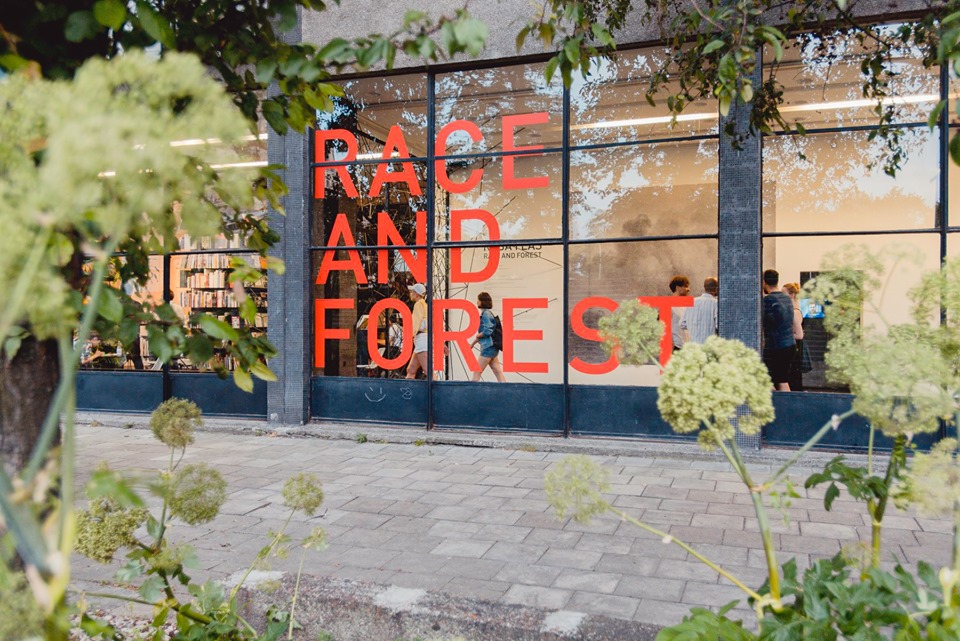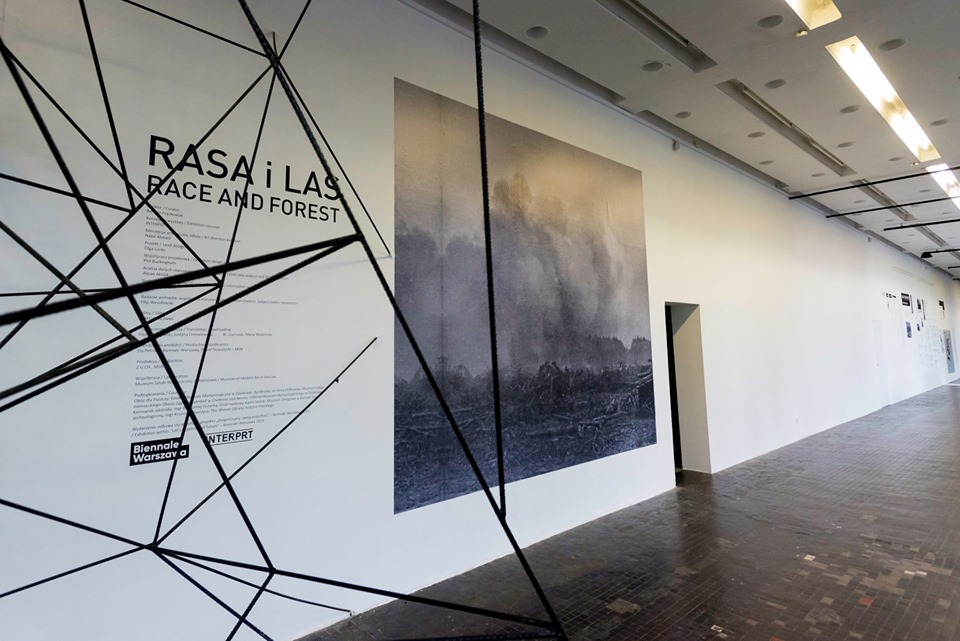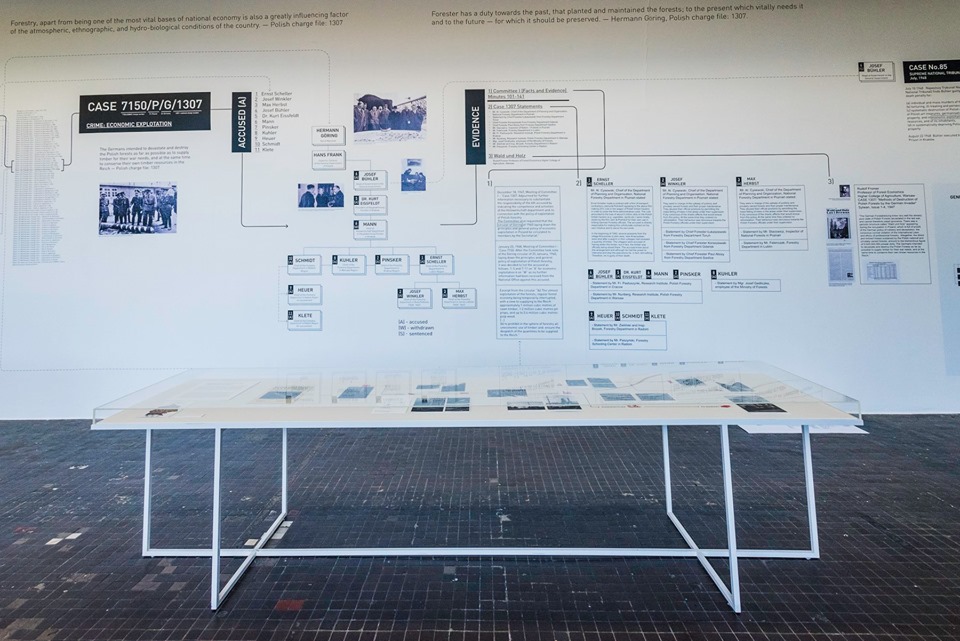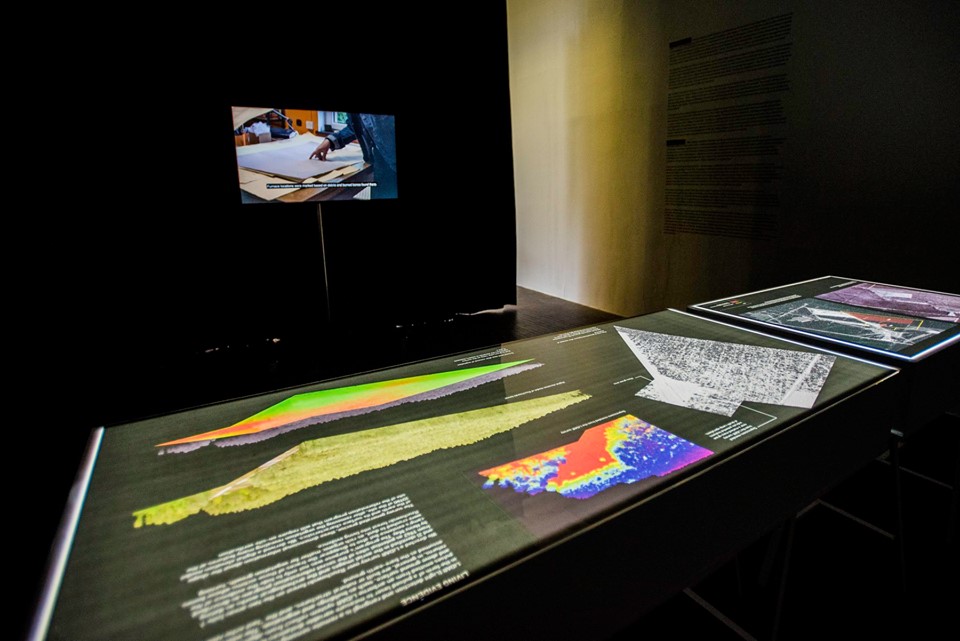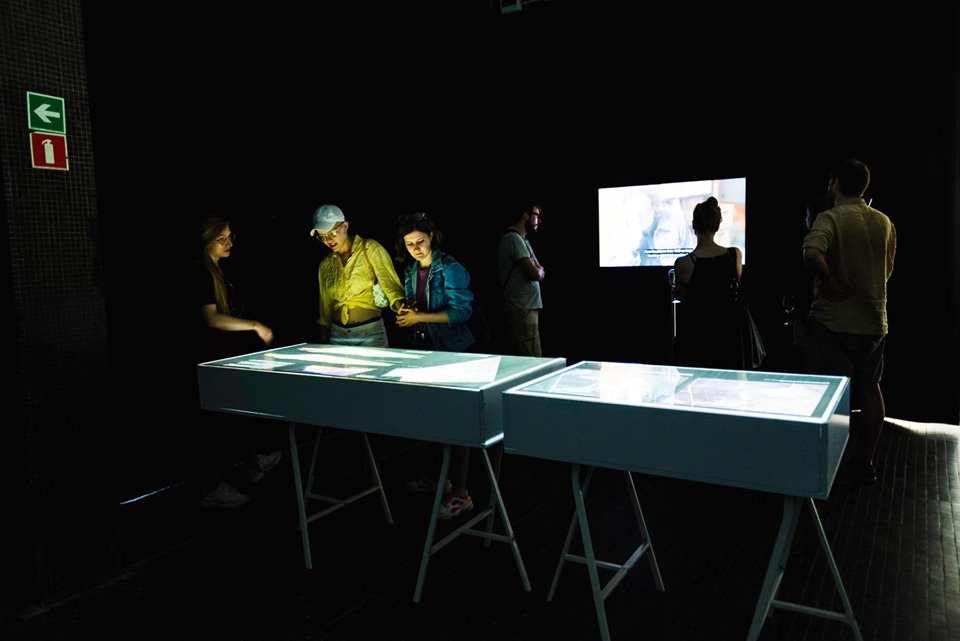Race and Forest
INTERPRT
In 1947, as part of the United Nations War Crimes Commission (UNWCC), Poland brought charges of war crimes against eleven Germans for the destruction of Polish forests. Prosecutors accused chiefs of forestry departments of the General Government in occupied Poland (1939-1945) of conscious devastation of Polish forests in order to supply timber for German war efforts, while at the same time taking measures to conserve their own forests – prima facie a war crime under article 55 of the 1907 Hague Convention. Case no. 1307/7150, as it was filed in the UNWCC, sets one of the earliest precedences of prosecution based upon environment destruction at the time of the birth of modern international law after the end of the Second World War.
And yet the destruction of the Polish forests was part of a greater crime of genocide in which forests and forest planning played a significant role. The ‘Waldlager’ (forest camp) in Rzuchowski Forest near the village of Chełmno nad Nerem was the first Nazi German death camp where scientific methods of mass killing such as mobile gas vans were first tested.
In the first period of the camp’s operation (1941-1943) industrial wood furnaces to incinerate bodies and a secret reforestation program were put to use in order to hide the evidence of mass graves. Archeological works carried out by the Museum of Konin between 1986 and 2004 has revealed the extents of an efficient extermination camp. What further evidence of the atrocities lies beneath the forests remains mostly unexplored.
Together with Biennale Warszawa, INTERPRT, environmental crimes investigation project, will reconstruct case no. 1307/7150 using archival and visual research and undertake new spatial analysis of the Rzuchowski Forest. In particular, the official Gazette “Wald und Holz” (forest and timber) of the forestry department of the General Government reveals vast evidence of not only the use of scientific forestry to manage Polish forests but also rare glimpses into ideology-driven environmental racism and climate politics of the Third Reich.
Race and Forest is part of INTERPRT’s broader research on the visual and material culture of spatial, scientific, media and documentary evidence from Nuremberg to the creation of the International Criminal Court that has helped shape different initiatives, experiences and positions of International Humanitarian Law (IHL) where it intersects the legal protection of the environment.
INTERPRT is an independent research project founded by Nabil Ahmed that investigates environmental crimes using transdisciplinary research, architectural methodologies and spatial analysis. Their work actively advocates for the special protection of the environment through international criminal justice including the criminalization of ecocide under international law. Race and Forest is part of INTERPRT’s wider research on the origins of ecocide.
Exhibition team
Art direction and text: Nabil Ahmed
Design: Olga Lucko, Phil Buckingham
Lidar data analysis and 3D visualization: Alican Akturk
GIS: Joel Koupermann
INTERPRT is commissioned by TBA21–Academy
Rasa i las. Wystawa jest analizą sprawy 1307/7150, w której Polska w 1947 r. wniosła zarzuty zbrodni wojennej przeciwko jedenaściorgu Niemcom, których oskarżono o planowe zniszczenie polskich lasów. Akt oskarżenia sformułowany przez polskich prokuratorów, jest jednym z pierwszych w historii, które dotyczą zniszczenia środowiska naturalnego i kierowane są do międzynarodowych instytucji prawnych. Jutro w Muzeum Sztuki Nowoczesnej w Warszawie/ Museum of Modern Art in Warsaw na ulicy Pańskiej 3 otwarcie Rasa i lasINTERPRT oraz dyskusja o działaniach na rzecz sprawiedliwości klimatycznej. Na wystawę zaprasza Nabil Ahmed, reprezentujący kolektyw śledczy INTERPRT.
Opublikowany przez Biennale Warszawa Środa, 12 czerwca 2019

